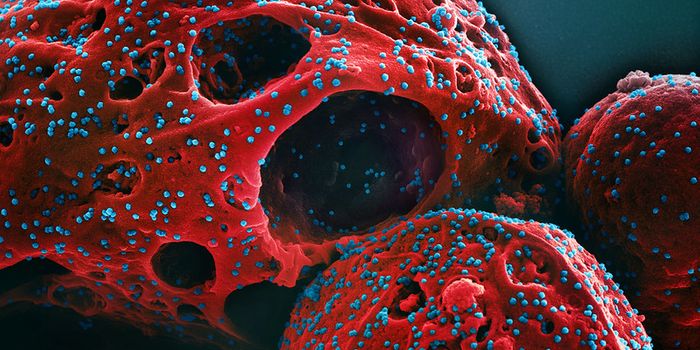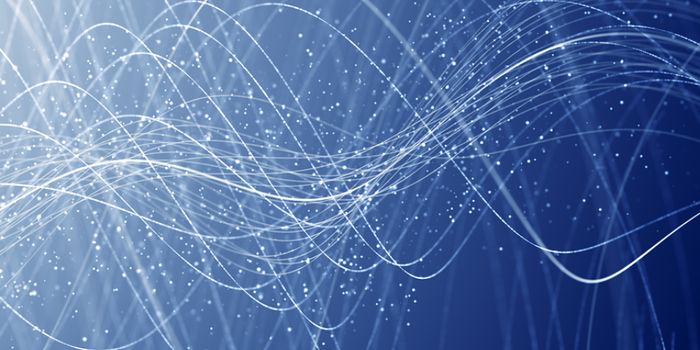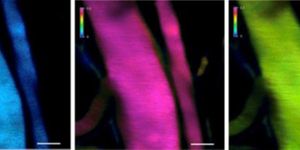Development of High-Quality Laser Beam Shaping
In a study published in Scientific Reports, scientists from Osaka University have developed a new technique for improving the accuracy of laser beam shaping--which is critical for producing the desired shapes to respond to various needs. Current conventional methods of laser beam shaping include Diffractive Optical Element (DOE) and computer-generated hologram (CGH) as a typical adaptive method—both however result in wavefronts becoming deformed after shaping.
Square flattop beam profiles made by: (a) Diffractive Optical Element (DOE), (b) vertical phase grating (conventional method), (c) virtual diagonal phase grating (new method). Credit: © 2019 Nakata Y. et al., Scientific Reports
However, recent studies have developed a universal beam shaping technique at high accuracy to be used for various lasers from ultraviolet to near-infrared domain. The new method for adaptive laser beam shaping uses phase grating encoded on a spatial light modulator (SLM) with spatial-frequency filtering in the Fourier plane in a 4f system.
Watch this video below of a conventional method of laser beam shaping:
The method involves extracted and residual components to overlap through a virtual diagonal phase grating in the Fourier plane which cuts the high spatial-frequency (HSF) component from the extracted component and limits the flatness and the edge steepness of the resultant beam shape.
Corresponding author Yoshiki Nakata says, "Our method, which allows for optimization of beam shaping by improving resolution and accuracy, will contribute to a wide field, including basic research, manufacturing and medical engineering. In conventional beam shaping systems, beam shaping accuracy can be significantly enhanced at no extra cost simply by changing the spatial frequency filter and phase grating encoded on an SLM."
Source: Science Daily









